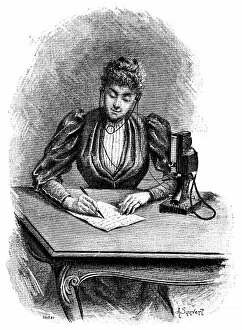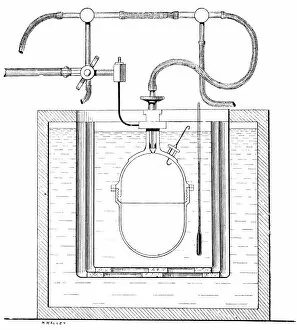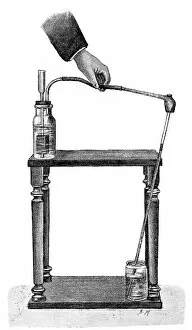Weekly Collection (page 12)
Exploring the Weekly Wonders: From whimsical inventions to historical moments, this captivating collection takes us on a journey through time
All Professionally Made to Order for Quick Shipping
Exploring the Weekly Wonders: From whimsical inventions to historical moments, this captivating collection takes us on a journey through time. Discover the ingenious Kinecar by William Heath Robinson, a marvel of engineering ahead of its time. Witness the power and precision of the L Battery, Royal Horse Artillery in action. Learn the artful technique of extracting weeds from a lawn with A Garden Guide's expert advice. Uncover the strength and endurance required for cycling in the 19th century as we delve into the muscles used in this popular sport. Immerse yourself in playful scenes at Wimbledon captured by William Heath Robinson himself. Reflect upon The Unknown Warrior's poignant scene at Westminster Abbey, paying tribute to those who sacrificed their lives for our freedom. Marvel at an exquisite Bonsai dwarf pine from 1889, showcasing nature's beauty tamed by human hands. Journey deep underground into Cornish tin mines that once fueled industrial progress during the 19th century. Celebrate love and joy with Wedding Feast by William Heath Robinson, capturing timeless traditions and happiness shared among loved ones. Admire an advertisement for The Graphic that captures attention with its artistic flair and compelling storytelling techniques. Explore Calots spinal surgery techniques from another era that pushed medical boundaries forward despite challenges faced along the way. Lastly, witness an oil well emerging as a symbol of prosperity during booming times in history - a testament to human ingenuity and resourcefulness.
















































